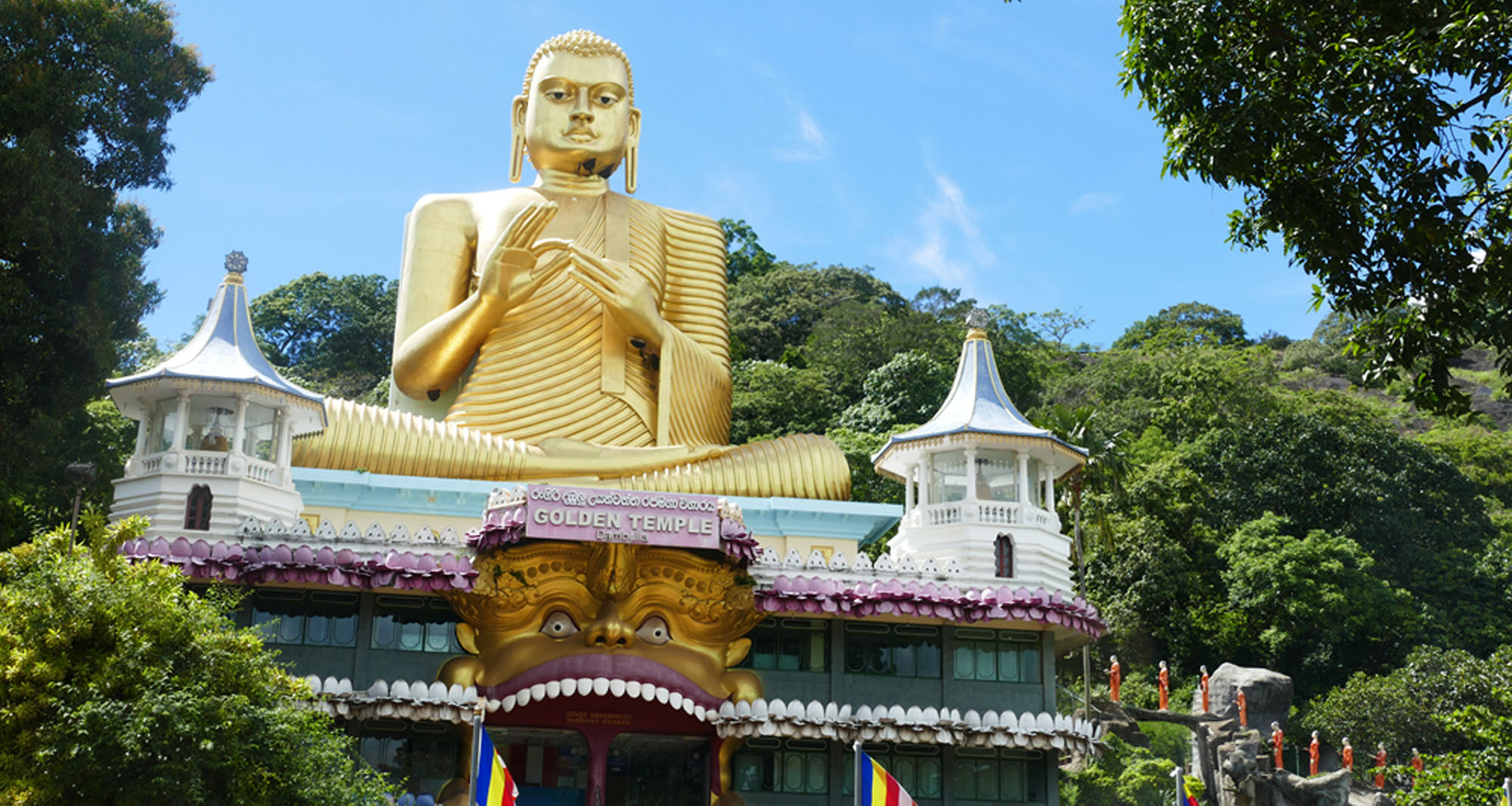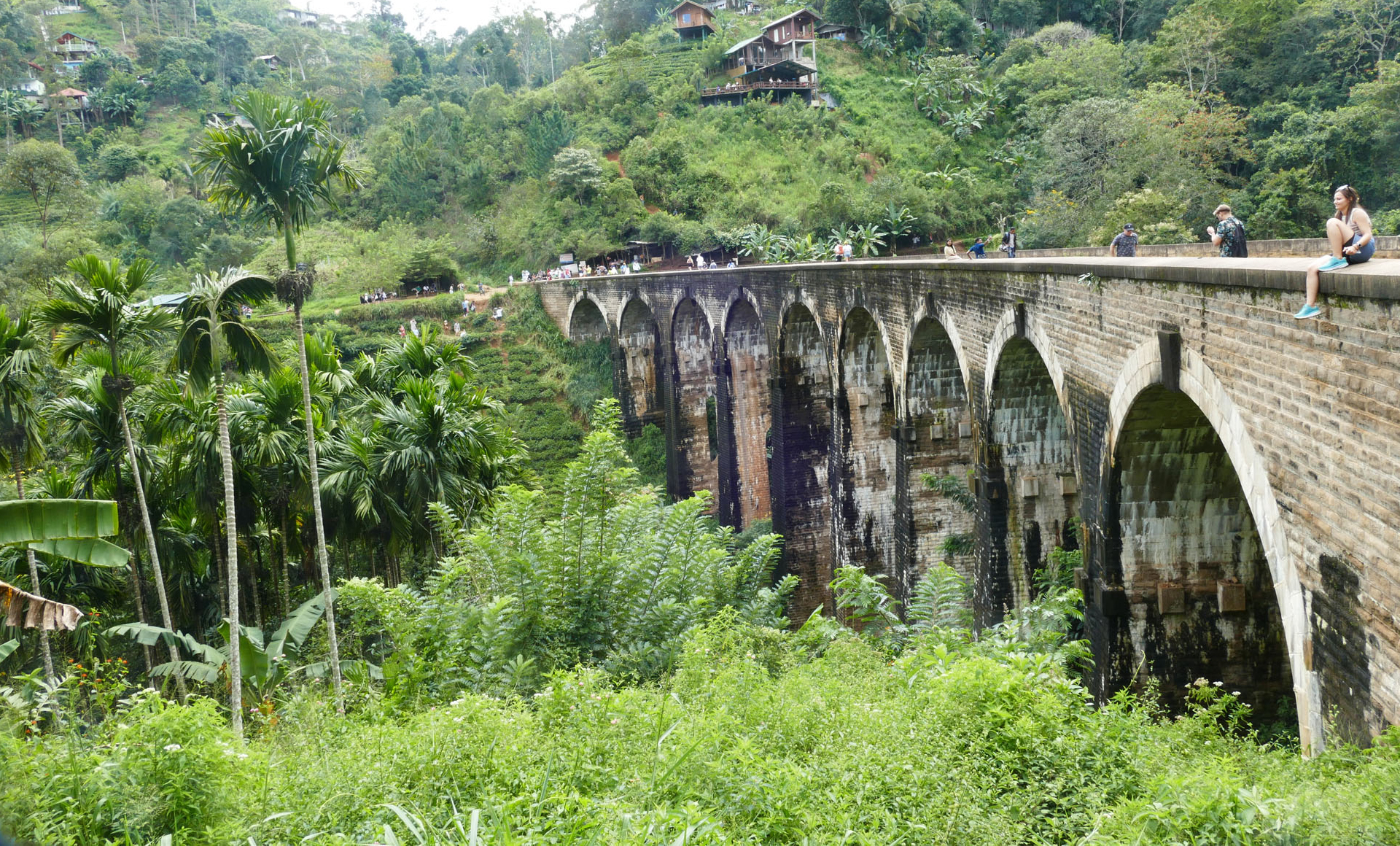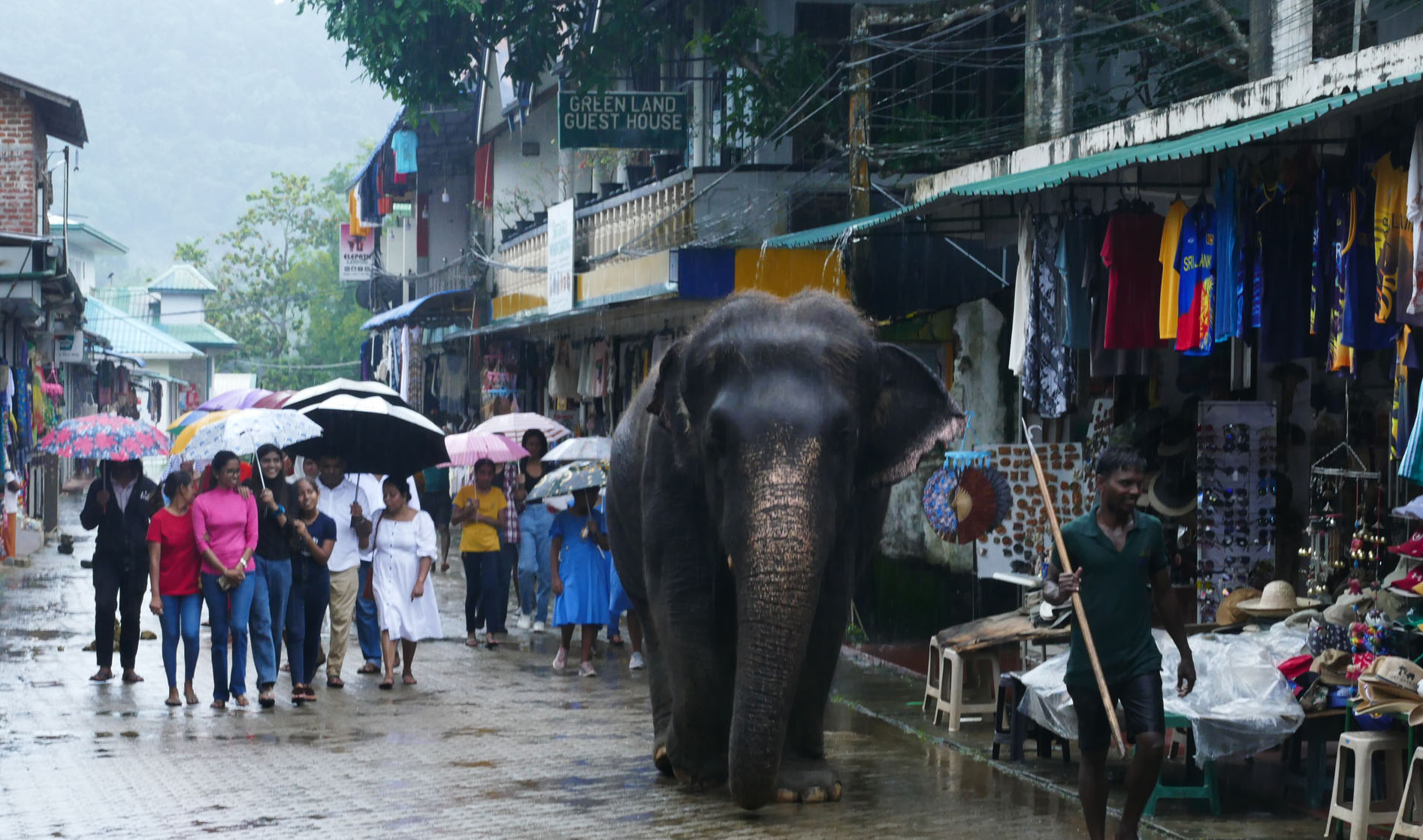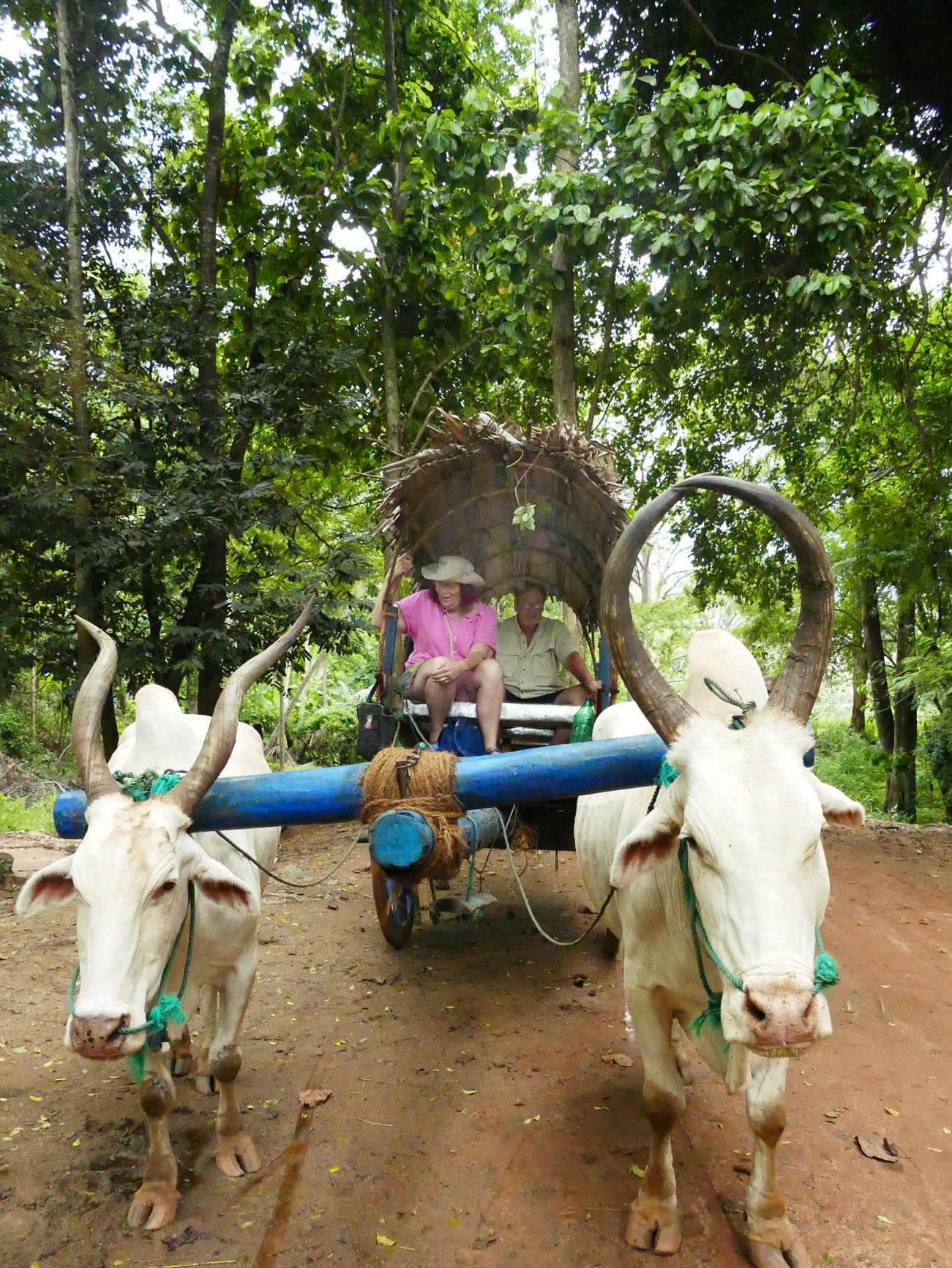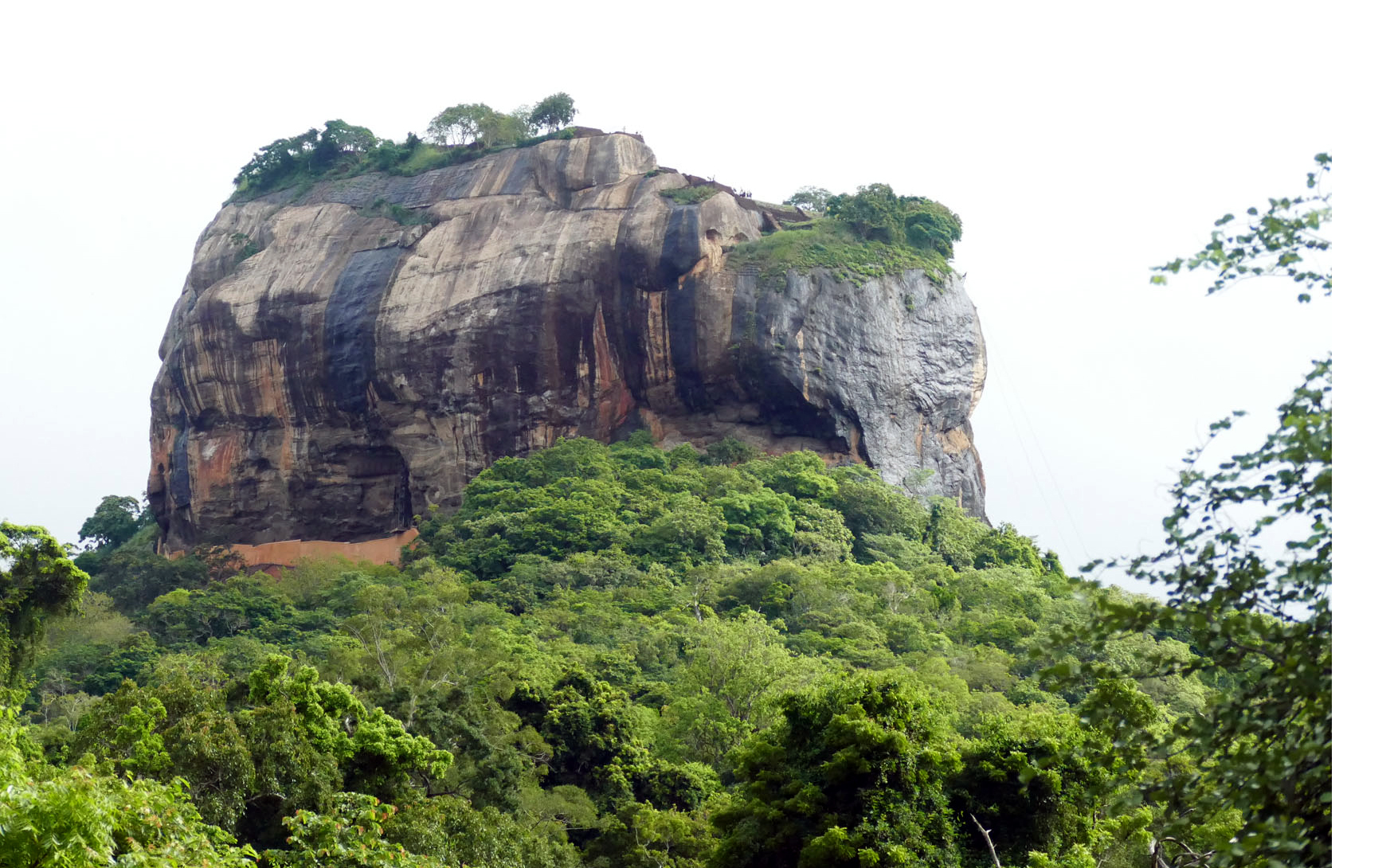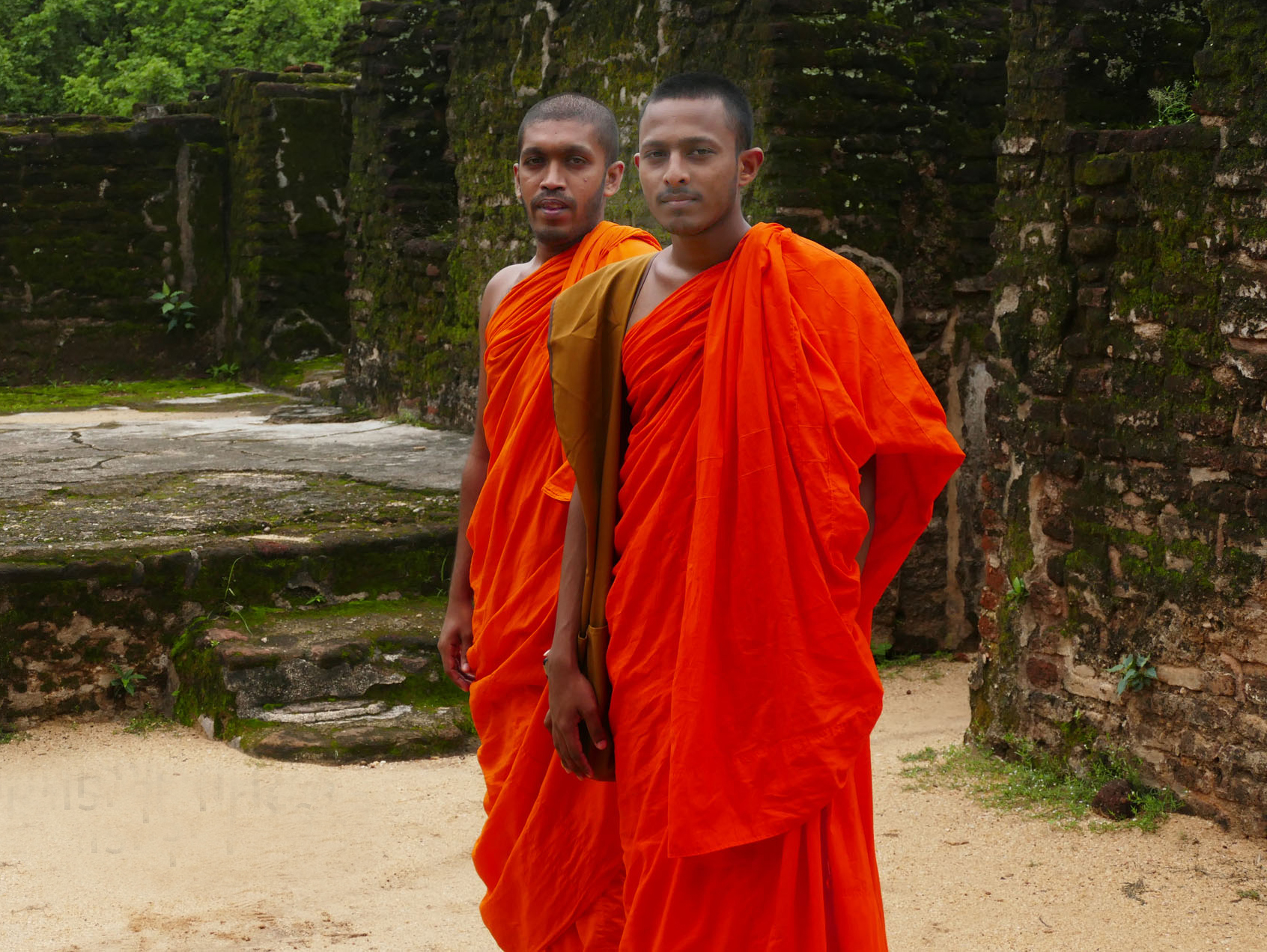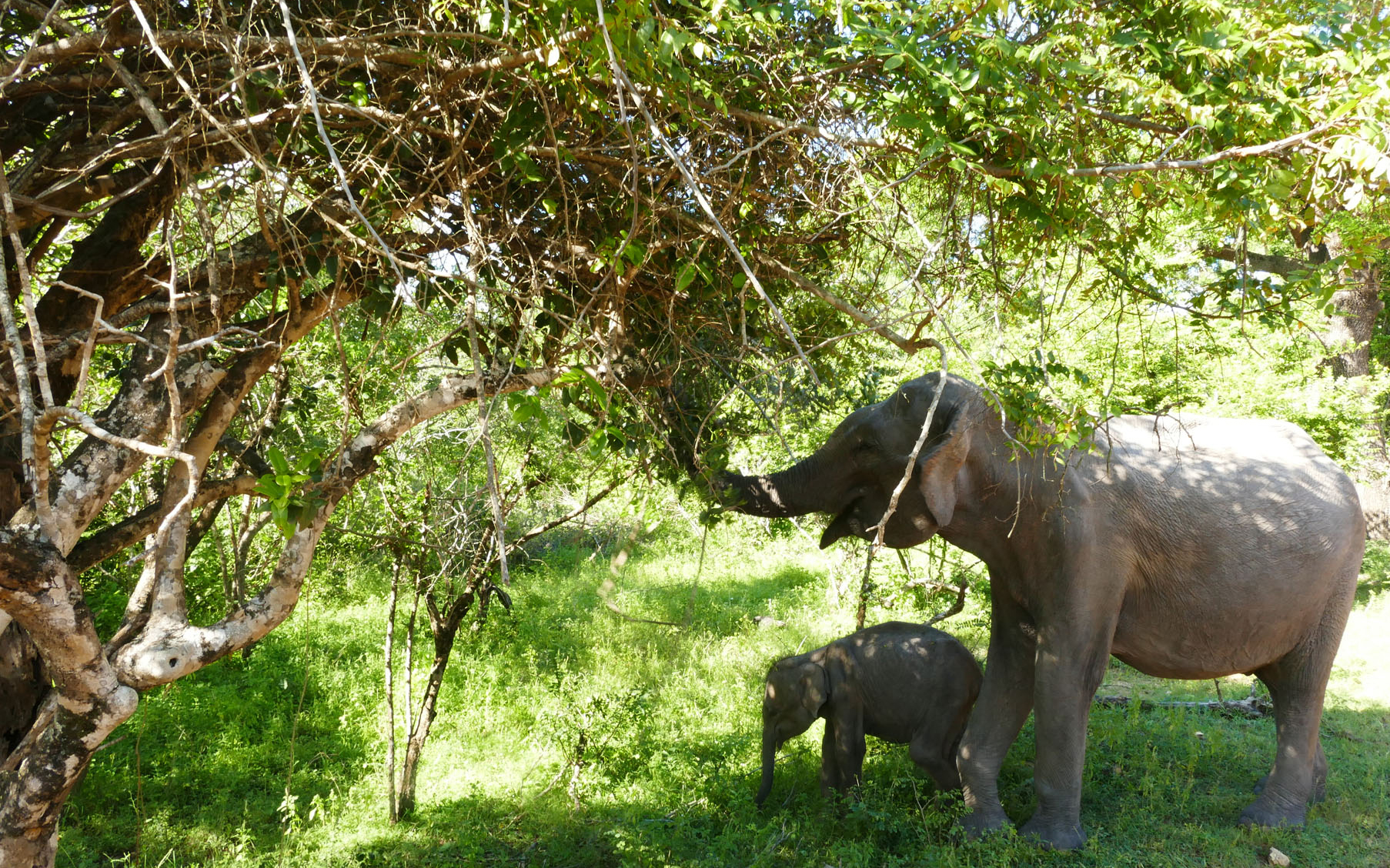Text and photos by Muriel and James Rosenfeld
Vol. 27, No. 6 March/April, 2024
Hot and humid, Sri Lanka is a hilly country landscaped with plains, beaches, rivers, lakes, and the occasional waterfall. The small tear drop shaped island, a few miles south of India, is inhabited by about 75% Buddhist along with Hindu and Muslims.
Established more than 40,000 years, its modern history starts in 600 BCE with the establishment of the Kingdom of Tambapanni. Buddhism arrived in 300 BCE. In 1505, the Portuguese took over the island attracted by its spices and tea. The Dutch took over a few centuries later followed by the British. The country became Independent in 1972.
Sri Lanka is filled with wildlife. There are many elephants, both wild and domesticated. Domesticated ones are located at the Pinnawala Elephant Orphanage, where incidentally you can buy paper made from elephant dung. Later, we saw wild ones at Minneriya while traveling on a 4×4 jeep tour. It was fascinating to watch them interact. We were told that they were dangerous and to avoid them. On the same excursion we saw a demonstration on the harvesting and preparation of cinnamon.
Sigiriya was a dramatic site. The ancient 600-foot granite fortress is located near the town of Dambulla. One thousand steps lead to its top. Built by King Kashyapa (AD 477–495), it served as his new capital. About halfway up the stairs, he built a gateway in the form of an enormous lion. The name Sigiriya is derived from this structure known as Sinhagirii, the Lion Rock. Strangely, no steps to the fortress were built until about 100 years ago. Its construction was mysterious.
Kandy is the former ancient capital. It was built by Vikramabaha III (1357–1374 AD), the monarch of the Kingdom of Gampola. In 1592, Kandy became the capital city of the remaining independent after the coastal regions had been conquered by the Portuguese. It fell to the Dutch in 1765.
Dambulla Cave Temple which has 200 steps to climb, and the Temple of the Tooth, which contains the relic of one of Buddha’s teeth, are interesting destinations. Kandy is an excellent place to purchase sapphires and other gem stones, woodwork, plus batik.
The Grande Hotel in Nuwara Eliya is an old British Manor house that has been operating for 135 years. Its public spaces are designed in polished wood, its fixtures are period pieces.
The village of Ella is in the highlands thus affording a cooler clime. A main attraction was Little Adams Peak. It was a 30-minute hike offering a great valley view. The other attraction was Nine Arches Railroad Bridge. It is curved with a tunnel at one end. In this region of Sri Lanka there are many tea plantations. We enjoyed seeing the crop being harvested and processed. The tea in Sri Lanka is superb.
Yala National Park offered viewings of buffalo, deer, birds (including peacocks), wild boar, crocodiles, monkeys, and elephants. We did not see any of the leopards that this park is famous for. The safari vehicles cover rough roads so be prepared.
After an excellent lobster dinner at Mama’s in Hikkaduwa, only ten feet from the ocean, we took a boat ride to view blue whales, and a sea turtle hospital and hatchery. The Madu River trip offered beautiful views.
For us, Sri Lanka was a dream destination. We saw few American tourists, rather visitors from Europe and India. The long plane flight was rewarded by a lovely trip. Travel can be done by bus, train, private car, or “tuku”, a small wheeler motor cycle. We would not recommend driving yourself, as the traffic can be chaotic with mainly two-lane roads.

